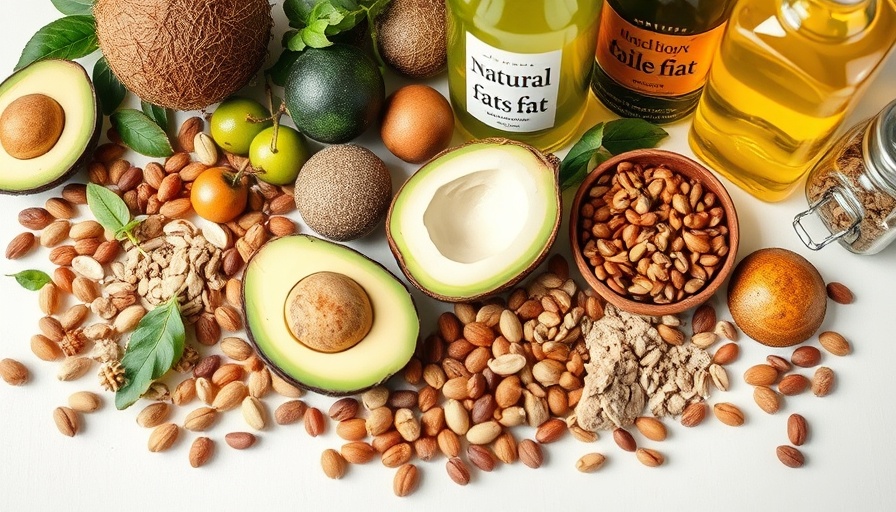
Understanding Raw vs. Pasteurized Milk: Nutritional Perspectives
The raw milk vs. pasteurized milk debate is more than just a conversation about dietary choices; it’s a passionate discourse between those who embrace the unprocessed purity of raw milk and advocates of the well-established health benefits stemming from pasteurization. Given our contemporary responsibilities towards nutrition and public health, it’s essential to analyze these perspectives with a critical lens.
What Is Raw Milk?
Raw milk is the unprocessed essence of milk, straight from the udder, often touted by its proponents as a natural superfood. Advocates argue that raw milk retains all of its vitamins, minerals, and beneficial bacteria, thus having a superior nutritional profile compared to its pasteurized counterpart. There's a perception that this “living” milk provides untainted nourishment that is free from harmful additives—yet substantial evidence raises concerns about safety and hygiene.
Considering the risks of raw milk, it is crucial to acknowledge that it can harbor dangerous pathogens, including Salmonella, E. coli, and Campylobacter, which can thrive in its natural state. These pathogens may stem from various sources, including unsanitary milking practices, direct contamination from animal feces, and issues with handling. Such risks make raw milk consumption a contentious issue, particularly since the potential health benefits have yet to be substantiated by rigorous scientific research.
The Value of Pasteurized Milk
Pasteurized milk transforms this raw product into a safer option for the general population. Through pasteurization, which heats milk to specific temperatures to eliminate harmful bacteria, consumers can enjoy the nutritional benefits without the accompanying health risks associated with raw milk. The process, initiated widely in the 19th century, has proven effective at reducing public health crises, shifting milk from a potential vector of disease to a staple within a balanced diet.
Research into the pasteurization process reveals that it preserves essential nutrients such as calcium and protein while significantly diminishing the risk of foodborne illnesses. The High-Temperature, Short-Time (HTST) method, which heats milk to 161°F for just 15 seconds, epitomizes efficiency in safety and taste preservation. Such advancements have empowered public health authorities to advocate confidently for the pasteurized option as a dietary mainstay.
The Historical Context Behind Pasteurization
The rise of pasteurization cannot be separated from the historical battles against diseases spread via raw milk, including tuberculosis and brucellosis. Before World War II, raw milk was a notorious source of foodborne illnesses, with records showing that about 25% of all foodborne outbreaks in the U.S. were attributed to unprocessed dairy products. Pasteurization was a game changer, permitting communities to access dairy safely and establishing a foundation for public health.
The Public Health Perspective
Examining the raw milk debate from a public health perspective offers crucial insights into food safety and consumer education. Advocates for pasteurization argue that while whole foods are integral to a nutritious diet, consumer understanding of food safety and risk management is just as vital. The available scientific evidence overwhelmingly supports the pasteurized milk option as the safer choice, shedding light on the importance of making informed dietary decisions.
What the Research Says: Nutritional Profiles and Health Benefits
Although raw milk enthusiasts claim additional health benefits, such as improved digestion and enhanced immune response, comprehensive studies have yet to confirm these assertions conclusively. A systematic review of dairy products and nutrition reveals that while raw milk may contain probiotics and enzymes, these potential advantages do not sufficiently outweigh the health risks involved.
Additionally, pasteurization does not obliterate beneficial enzymes and nutrients; rather, it safeguards fundamental components while rendering milk safe for consumption. Therefore, considering both the nutritional profiles and the potential health implications can guide consumers in making choices aligned with their dietary needs and safety requirements.
Community Perspectives: Making Informed Choices
The raw milk versus pasteurized milk discussion extends far beyond personal preference; it touches on broader themes encompassing agriculture, ethical food sourcing, and community health. As nutrition becomes an increasingly vital component of public discussion, individuals are encouraged to explore their values and local agricultural practices. Learning from local farmers about their processes and commitment to quality may also empower consumers to make informed choices.
Conclusion: Choosing Wisely for Your Health
The raw vs. pasteurized milk debate calls for a balanced understanding of nutritional risks and benefits. While raw milk may hold an allure of purity, pasteurized milk emerges strongly as a safer choice backed by extensive public health research. Consumers are encouraged to consider their health priorities, educate themselves on the differences, and make dietary choices that promote both well-being and safety.
Ultimately, as you navigate your dietary landscape, align your choices with sound nutritional evidence and public health recommendations to ensure a healthier future.
 Add Row
Add Row  Add
Add 







 Add Row
Add Row  Add
Add 


Write A Comment